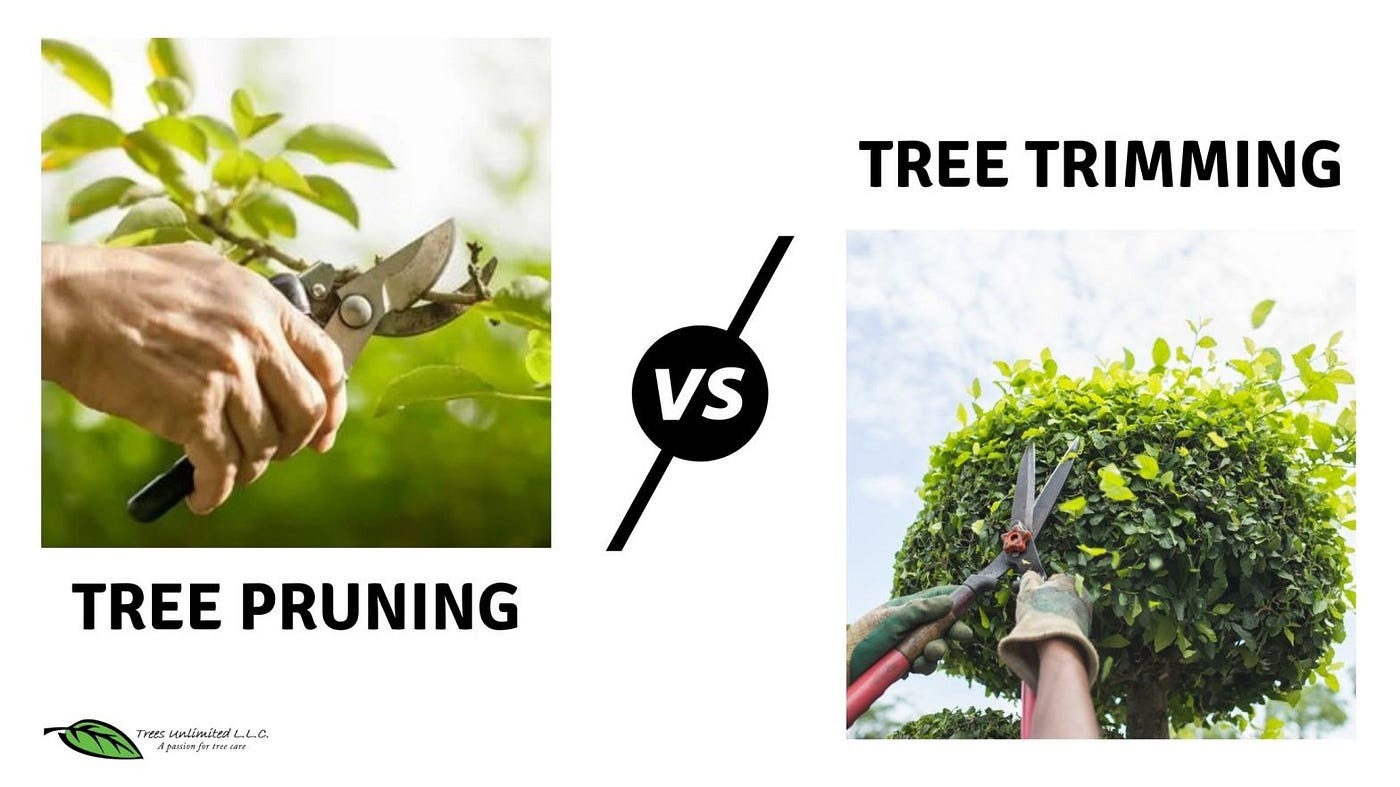
Individual Investors:
People who buy and sell stocks use historical stock data to make informed investment decisions, analyze past performance, and manage portfolios.
Professional Traders:
Traders, both individuals and working for financial institutions, rely on historical data to develop and execute trading strategies. This includes day traders, algorithmic traders, and quantitative analysts.
Financial Analysts:
Analysts use historical stock data for fundamental analysis (evaluating a company’s financial health), technical analysis (studying price patterns), and quantitative research (creating financial models).
Researchers:
Academic researchers and financial experts use historical stock data to conduct studies and research projects, contributing to understanding financial markets and economics.
Corporate Decision-Makers:
Businesses and corporations use historical stock data for benchmarking performance, conducting merger and acquisition analysis, and communicating with investors. Executives and the board of directors use it for strategic decision-making.
Regulators:
Regulatory bodies and government agencies use historical stock data for market surveillance and ensuring compliance with financial regulations.
Educators:
Teachers and educators use historical stock data in finance courses to teach students about investment strategies, market dynamics, and risk management. It is also used in case studies to illustrate financial concepts.
These different users rely on historical stock data to make informed decisions, conduct research, manage risk, and ensure the integrity and compliance of financial markets.
Different Formats of Historical Stock Data
Historical stock data can be provided in various formats, with the most common ones being:
CSV (Comma-Separated Values)
It is one of the most widely used formats for historical stock data. Each row in the CSV file represents a data point for a specific date, and columns typically include data such as date, open price, high price, low price, close price, volume, and sometimes additional information like adjusted comparable price or dividends.
Excel Spreadsheet
Historical stock data can be provided in Excel format (XLS or XLSX), making it easy to import and analyze in spreadsheet software. Data is organized in rows and columns, similar to CSV files.
JSON (JavaScript Object Notation)
JSON is a lightweight data interchange format. Historical stock data in JSON format organizes data as key-value pairs, making it easy to parse by programming languages. Each data point or record is typically represented as an object within an array.
XML (Extensible Markup Language)
XML is another structured data format used to represent historical stock data. It uses tags to define data elements, which can be nested to represent hierarchical data structures.
API Response
When retrieving historical stock data programmatically using APIs, the data is often returned in JSON or XML format as part of an API response. You send a request to the API, and it sends back the data in a specified format.
Database Dump
In some cases, historical stock data may be provided in the form of a database dump. This can include SQL scripts or backup files that can be imported into a relational database management system (RDBMS) for querying and analysis.
Parquet or Avro
These are columnar storage formats commonly used in big data environments like Hadoop. While not as common for historical stock data distribution, they can be used for efficient storage and analysis when dealing with large datasets.
Custom Formats
Some providers or organizations may have their own custom formats for historical stock data, especially if they have specific data requirements or proprietary data structures.
MarketStack – Is It Really the Best Source for Historical Stock Data? Real or Hype
MarketStack has gained attention as a potential source for historical stock data, but whether it truly lives up to its hype remains a subject of debate. While it may be a valuable resource for some, it’s crucial to approach it with a critical eye and consider the specific needs and goals of your financial analysis. Let’s look at some advantages of MarketStack API to clear the doubts:
Advantages Of Using MarketStack API
Programmatic Access: MarketStack API allows you to programmatically access historical stock data, making it efficient and convenient to retrieve data for multiple stocks, time periods, and data points.
Real-Time Updates: It offers real-time or near-real-time updates of historical stock data.
Wide Range of Data: Provides a wide range of historical data, including daily, weekly, and monthly price data, as well as data on trading volume, dividends, splits, and corporate actions
Historical Data Adjustments: MarketStack API often provides data that has been adjusted for events such as stock splits and dividend payments.
Customization: This allows you to customize the data you receive.
Support for Multiple Exchanges: Covers a wide range of stock exchanges around the world.
Security: Offers secure access to financial data.
Integration: This can be integrated into a variety of software and platforms, including trading software, financial analysis tools, websites, and mobile apps.
Free and Paid versions – MarketStack offer both paid and free stock API options for user’s unique needs. Choose what suits you best.
In a nutshell
The significance of Historical stock data in financial decision-making, market analysis, and investment strategy development cannot be overdrawn. As an invaluable resource, it empowers individuals and organizations to make informed choices, assess market trends, and gain insights into financial dynamics.
There are so many paid and free stock APIs available on the internet offering numerous advantages for collecting historical stock data. Remember to choose a reputable provider, understand any associated costs, and ensure that the API aligns with your specific needs and use case.
Frequently Asked Question
1) Is historical stock data available for free online?
Yes, historical stock data is often available for free on various financial websites like Yahoo Finance, Google Finance, and Investing.com. You can also use free stock APIs as a more efficient approach.
2) What factors should I consider when choosing a historical stock data source?
When selecting a data source, consider factors like data accuracy, coverage (exchanges and securities), frequency (daily, weekly, etc.), cost, and how well it aligns with your research or investment needs.
3) Are there APIs for historical stock data retrieval?
Yes, there are stock data APIs like MarketStack and Alpha Vantage that provide programmatic access to historical stock data.
4) Can I access historical stock data through my brokerage account?
Some brokerage accounts offer access to historical stock data as part of their trading platforms. Check with your specific broker for availability.




















